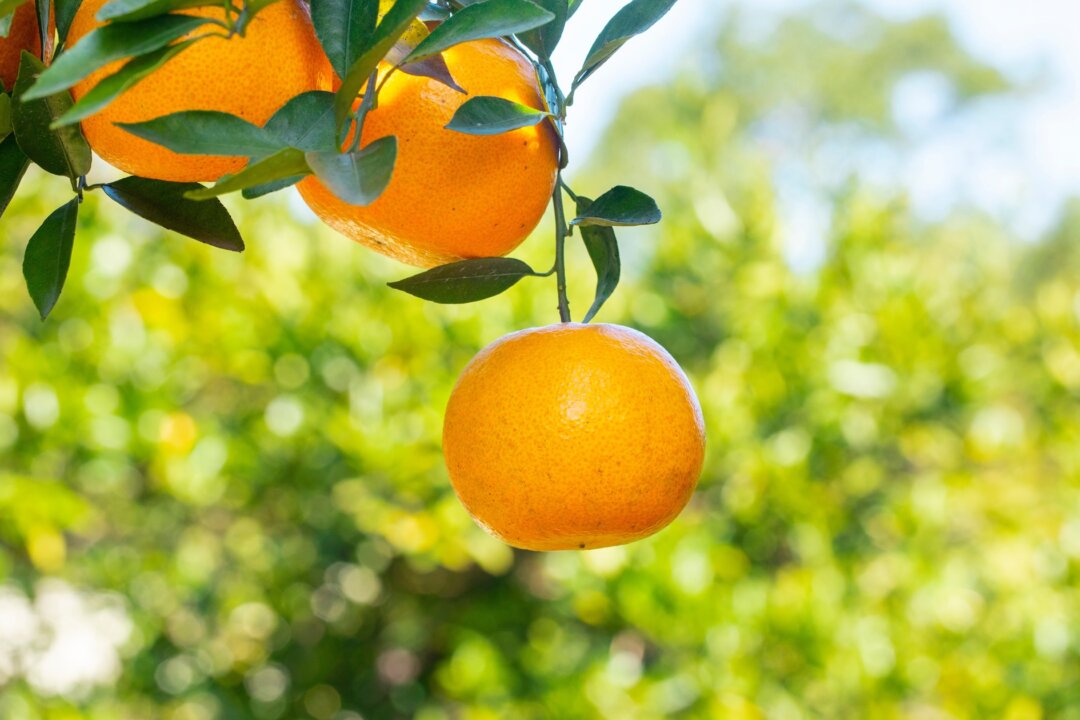It’s unlikely that you’d ingest either of the two synthetic food dyes—Citrus Red No. 2 and Orange B—that the U.S.
Food and Drug Administration announced on April 22 it will ban in the coming months. You’d only be at risk of the two dyes if you were to eat the peel of Florida oranges, which are often injected with Citrus Red No. 2 to make them more visually appealing to consumers, or if Orange B were currently produced—which it hasn’t been for decades.

“Because it was no longer produced, there was no need to actively ban it,” Bryan Quoc Le, a food scientist and food industry consultant, told The Epoch Times in an email. “The banning of these two dyes is fairly inconsequential.” The FDA announced it would initiate the process of revoking authorization of Citrus Red No.
2 and Orange B as part of its plan to eliminate all remaining synthetic dyes from the food supply by the end of 2026. “In 1978 the FDA proposed banning Orange B (Fed Reg. October 3, 1978), but, because companies stopped using it, the FDA never bothered to finalize the ban; it should do so now,” wrote authors Sarah Kobylewski and Michael F.
Jacobson. “Citrus Red No. 2 is classified as ‘possibly carcinogenic to humans,’ which is why it is only allowed for orange peels that will not be eaten, and not for oranges that will be processed, which would release the dye into the edible portions, such as juice.
Animal studies found that it can cause bladder tumors,” Quoc Le said. Other studies have raised concerns about cancer, according to the CSPI report. Because the federal Food, Drug, and Cosmetic Act that governs toxicology levels for human health forbids any link to cancer in human or animal studies, the CSPI has long argued that Citrus Red No.
2 shouldn’t be used in food. Some recipes call for cooking with grated orange peels, and the CSPI report noted experts’ concern about eating peels this way. All food colorants—including natural ones, like those derived from beets, carrots, and turmeric—must be approved by the FDA.
The nine synthetic dyes—Green No. 3, Red No. 40, Yellow No.
5, Yellow No. 6, Blue No. 1, Blue No.
2, Citrus Red 2, Orange B, and Red No. 3—currently used must also be certified when a new batch is made, a process that ensures accurate measurements. The FDA banned Red No.
3 in early 2025 with a grace period that expires Jan. 15, 2027, for food and Jan. 18, 2028, for medication.
As part of the April 22 announcement, the FDA is asking companies to voluntarily remove Red No. 3 prior to the deadlines. But there are questions about how exactly RFK Jr.
’s ban on food dyes will play out. Susan Mayne, former head of FDA’s Center for Food Safety and Applied Nutrition during the Obama, Trump, and first two years of the Biden administration, says the ban is not really a ban. It cannot be enforced because it did not follow standard procedure.
She said this week’s FDA announcement amounts to a call for voluntary action on the part of food makers. “People were left very unclear in terms of what they are going to be doing,” she said. As a percentage of the total pounds of synthetic food dyes that the FDA certifies in batch tests every year, neither Orange B nor Citrus Red No.
2 register as a fraction of a percent. Quoc Le said banning them is a sensible way to phase out all synthetic dyes. “With few uses for these dyes, it’s much easier to remove them from the food system, as only a handful of applications exist and substitutions can be done quickly.
These dyes are fairly low-hanging fruit.”.
Health

What to Know About the Two Banned Food Dyes

How do the two synthetic food dyes the FDA plans to ban within months affect human health?















